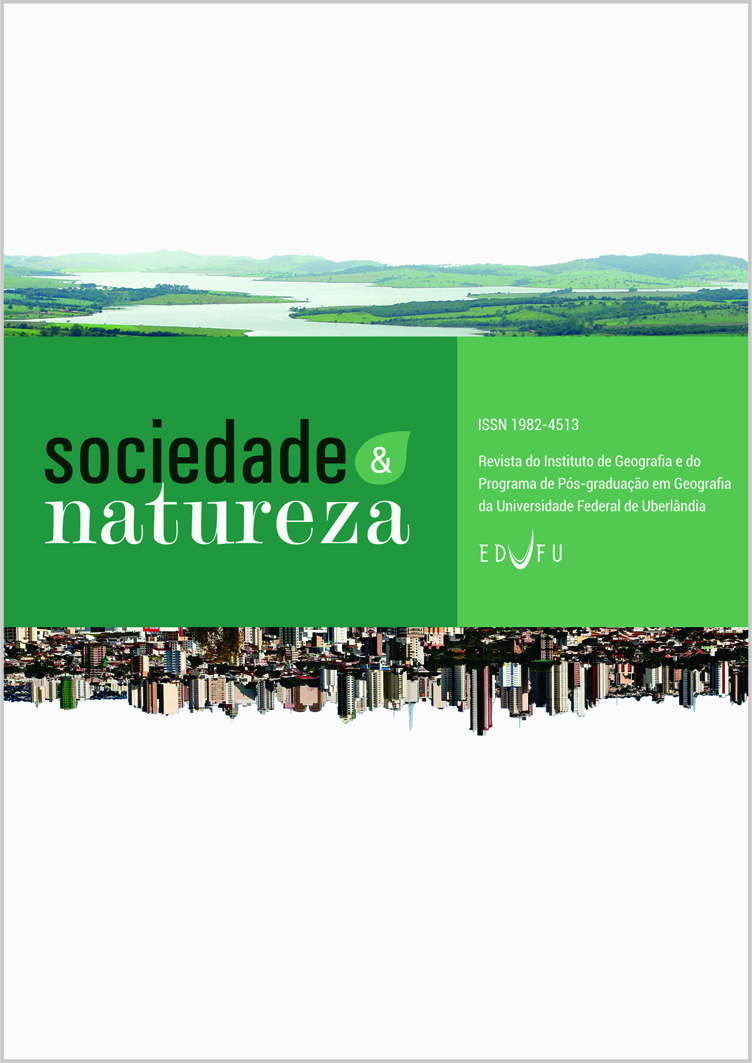Abstract
reated in 1972, the Serra da Canastra National Park was stablished to preserve the springs of the Sāo Francisco river, and the watersheds of the Araguai and Paraná river, and also to protect the natural resources and the biodiversity. The SCNP has not been totally regulated yet; in it’s decree of approxi - mately 210 thousand hectares, only 70 thousand has the regularized land situation. This research aims to evaluate the watershed of the Ribeirāo Formiga, located in a part of the land that doesn’t have the regular land situation. This river supplies the population from the Babilônia district, it’s fundamental for the agricultural activities, and it’s the receiver of the effluent generated by the population. An ambiental analysis was done with data from the Grande Minas Project (Collares, 2013), and with data obtained in field investigations. The cartographic products were generated with the Arcgis tool. From the data obtained in the area of study, and the evaluation of the current situation of the watershed, proposals of sustainable use of the land were suggested, aiming to reduce and control the anthropic impacts found in the ambiental unity. It was concluded in this research that community participation is indispensable in order for the sustainable proposals to work, and that researches and studies should be encouraged and financed by public organs, ONG’s and Universities.Authors hold the Copyright for articles published in this journal, and the journal holds the right for first publication. Because they appear in a public access journal, articles are licensed under Creative Commons Attribution (BY), which permits unrestricted use, distribution, and reproduction in any medium, provided the original work is properly cited.
Downloads
Download data is not yet available.
Metrics
Metrics Loading ...

